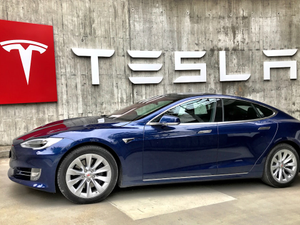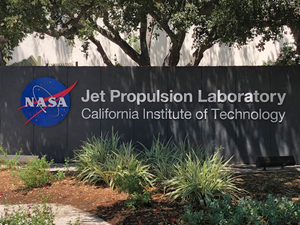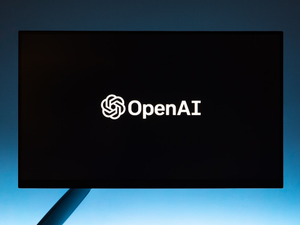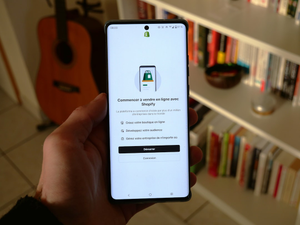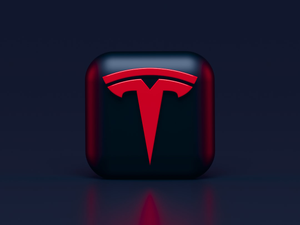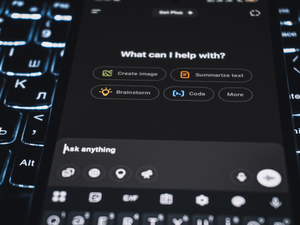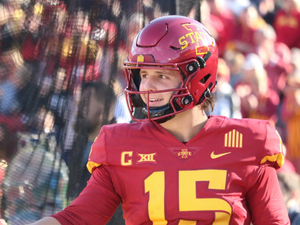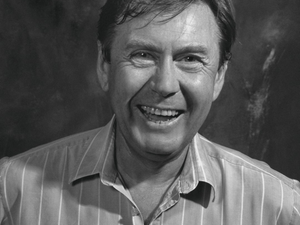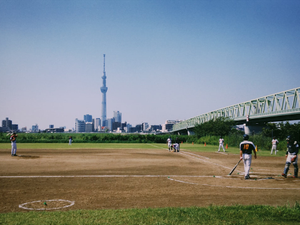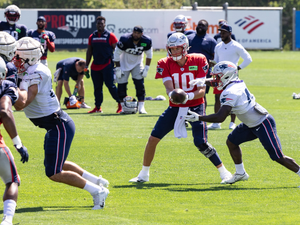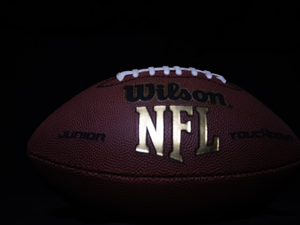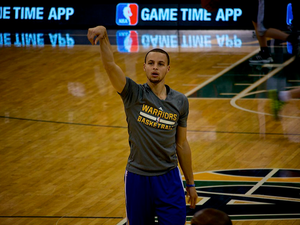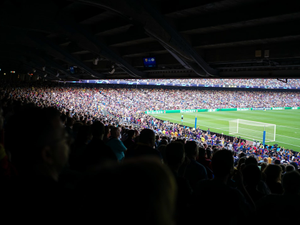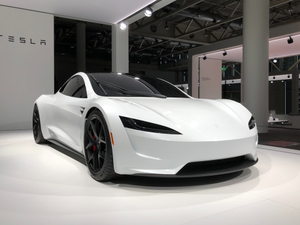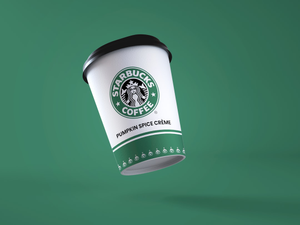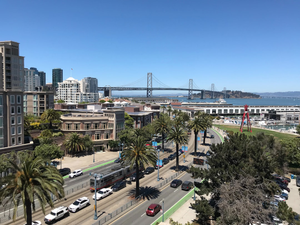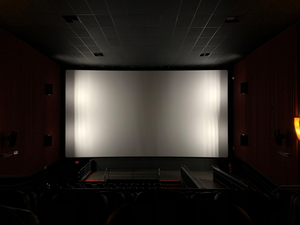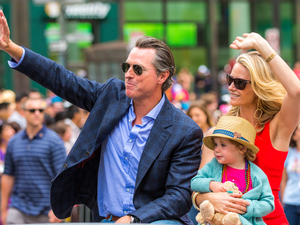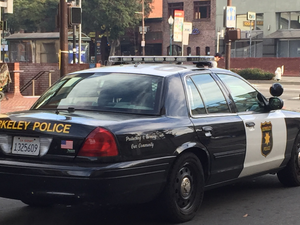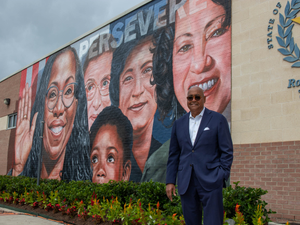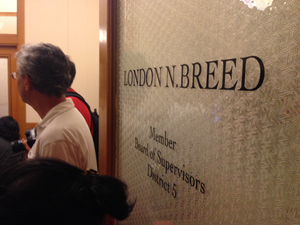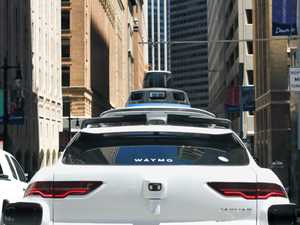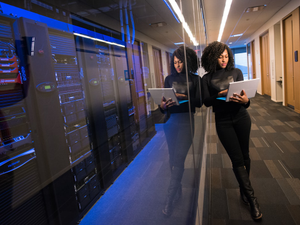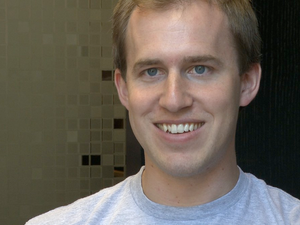Tesla's Self-Driving Tech is Failing Hard at Train Crossings
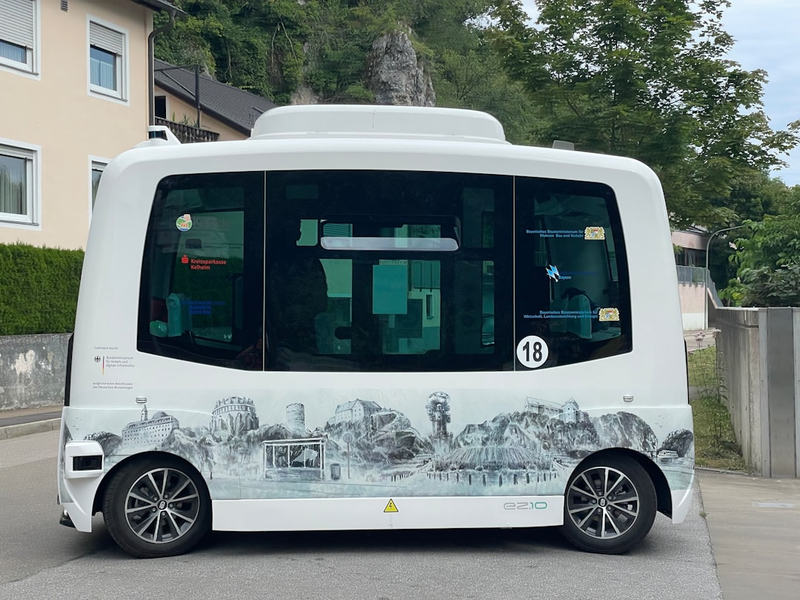
Photo by Bernd 📷 Dittrich on Unsplash
Tech enthusiasts and Tesla owners are raising alarm bells about the company’s Full Self-Driving (FSD) software’s dangerous behavior at railroad crossings. Multiple drivers have reported incidents where their Tesla vehicles failed to recognize approaching trains, potentially putting lives at serious risk.
Drivers across the country have shared harrowing experiences of their vehicles attempting to drive through active railroad crossings, even with warning lights and lowering gate arms. Italo Frigoli, a Tesla owner, recounted a terrifying moment when his vehicle seemed ready to drive onto tracks with an oncoming train, forcing him to manually brake and prevent a potential catastrophe.
Experts warn that these aren’t isolated incidents. Phil Koopman, an engineering professor, bluntly stated it’s “an accident waiting to happen”. The problem appears rooted in Tesla’s AI training data, which seemingly lacks sufficient railroad crossing scenarios.
The National Highway Traffic Safety Administration (NHTSA) has acknowledged these concerns and is investigating the software’s capabilities. Last year, 267 people died at railroad crossings nationwide, highlighting the critical importance of safe vehicle navigation.
Elon Musk continues to make bold claims about Tesla’s self-driving capabilities, asserting vehicles “can drive themselves” despite the company’s own documentation stating FSD requires constant human supervision. This disconnect between marketing rhetoric and actual technological performance is raising serious questions about Tesla’s approach to autonomous driving.
Competitors like Waymo appear to be taking a more cautious approach, with representatives confirming their vehicles use multiple detection methods, including audio receivers to identify train sounds.
For Tesla owners and technology observers, these incidents underscore the significant challenges facing autonomous vehicle development. While the promise of self-driving technology remains exciting, the current reality demands rigorous safety standards and transparent acknowledgment of technological limitations.
AUTHOR: mei
SOURCE: NBC Bay Area
